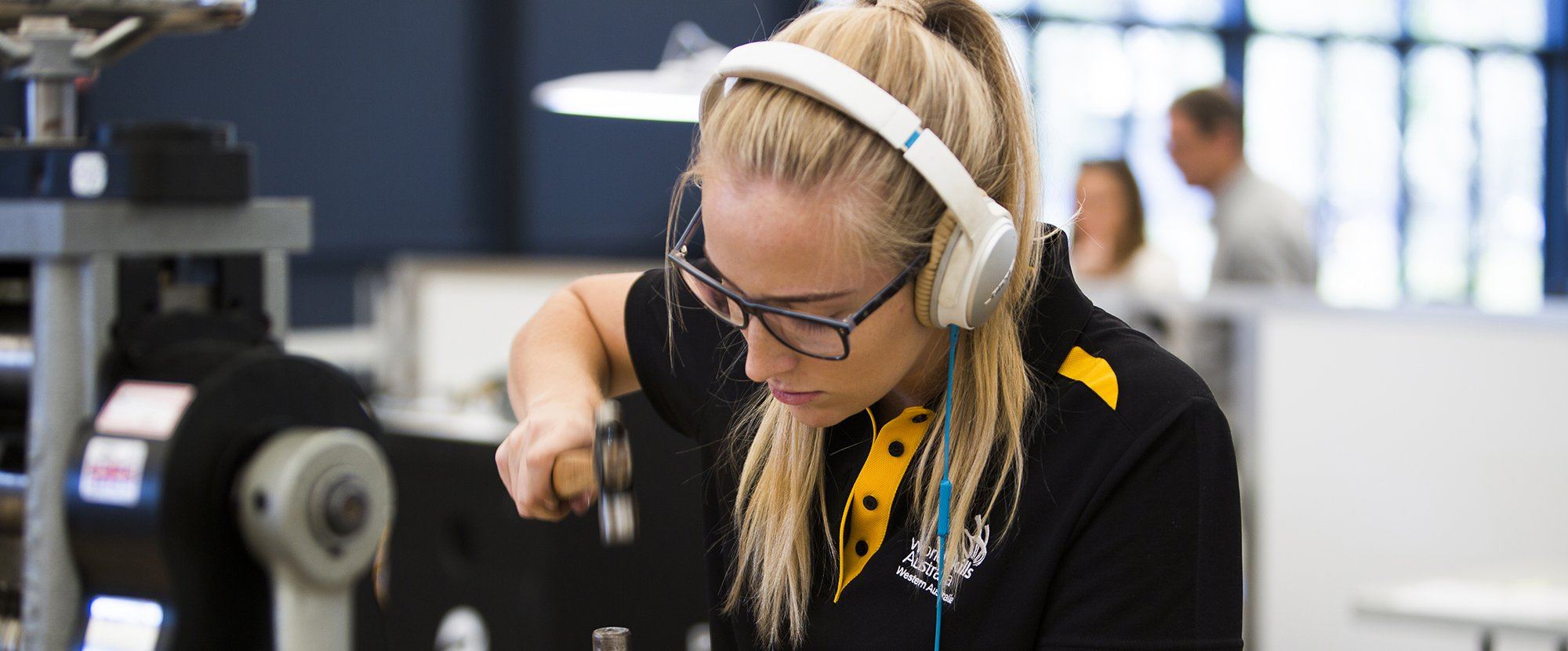June-August 2015: Education nurtures Australian towns
It’s June and the first half of 2015 has flown by. Young apprentices, trainees and students are going for gold at WorldSkills Australia Regional Competitions across the country in the hopes of following in the footsteps of the 2015 Skillaroos team, who will soon jet off to São Paulo, Brazil, to compete in the 43rd WorldSkills Competition. The 25 talented individuals comprising the 2015 Skillaroos team represent Australia’s best trades and skills apprentices, trainees and students and are a credit to their respective regions.
In a recent episode of the TV program, Insight on SBS, the youth unemployment problem in Shepparton, Victoria, further highlighted to me the importance of education in regional communities. Shepparton faces many of the same issues as other country towns throughout Australia: Training organisations and local government strive to stay at the forefront of community planning but continue to face financial limitations. A lack of infrastructure increases the difficulty of maintaining student residency within their town whilst completing tertiary studies elsewhere. A general disconnect exists between the community’s youth and its older generations, making it difficult for the two demographics to relate to each other and work together for the greater good of the community.
It was clear from the program’s focus group discussions with a collection of Shepparton’s secondary students, young families, local business owners and elderly residents that perceptions of the problem differ greatly between generations. The overwhelming majority of young people involved showed a strong desire to learn and work. The largest affirmative uproar occurred when one young woman expressed that young people feel that local businesses simply did not want to give them the opportunities.
On the other hand, some business owners stated that they did not perceive the desire for career positions from younger generations. One business owner mentioned that young people and the long-term unemployed are not always suitable for the available jobs due to lack of training and work experience.
How do we remove the barriers faced by the younger generation and address this disconnect within communities? Communication is the key.
It is essential for community leaders from all sectors – government, educators and industry alike – to maintain an open dialogue about the key issues within the community. One group cannot create lasting change without insight from others. In The Art of War, Sun Tzu said, “Strategy without tactics is the slowest route to victory. Tactics without strategy is the noise before defeat.” Tertiary education strategy that has a fighting chance of working for the better of the community can only be developed when local community leaders work together to create a holistic plan based on real insights.
Each community’s youth face different struggles. One student revealed that she is the first person in her family to study past Year 11. Another young woman said that she felt the need to leave home at age 16 to get away from an unstable home life and build a better future for her own child. All of the young people involved in the discussion expressed a keen desire to grow and thrive in long-term careers. Without knowing the struggles that young people face every day, community leaders cannot comprehend and nurture this burning drive to succeed or truly understand the importance of apprenticeships and traineeships to local industry.
At ground level, educators and local business can achieve great things through mutual cooperation. Despite fruit, vegetable and dairy industry comprising 61% of the local economy in Shepparton, several young people in the discussion felt that agriculture will not provide them with the long-term career opportunities they seek, while several agricultural business owners expressed frustration that young people do not understand their industry.
This is a telling example of why careers expos and trades and skills demonstrations like WorldSkills Australia’s Try’aSkill program are so important. Misconceptions clouding many trade vocations can be solved by showing students firsthand what these jobs entail. Furthermore, apprentices, teachers, trainers, local business owners and industry experts can communicate directly with the next generation of the community’s workforce, motivating and engaging them in a meaningful way.
The overarching message we can glean from this program is that education is key to the sustainability and future development of Australian towns if it is driven by healthy communication and collaboration.
 WorldSkills Australia
WorldSkills Australia 